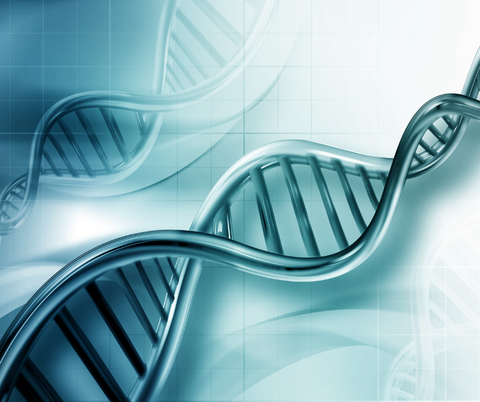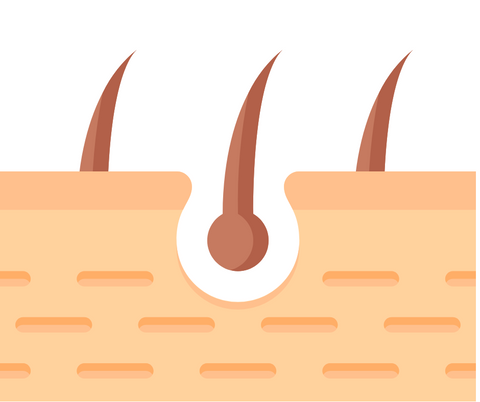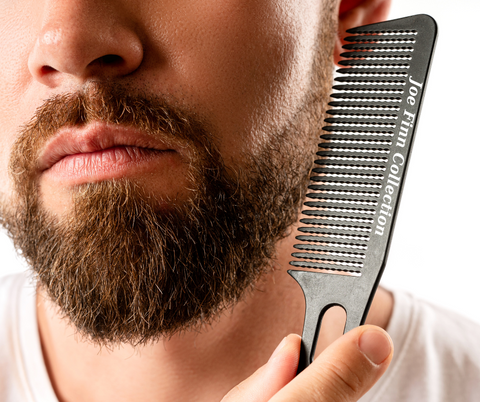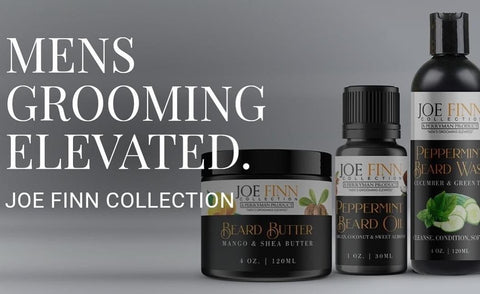The Science Behind Beard Growth: Understanding the Biology
Gentlemen, brace yourselves – we're diving deep into the enigmatic realm of facial hair. That's right, we're talking about beards. Whether you're sporting a five o'clock shadow or cultivating a majestic mane worthy of a Norse god, there's no denying the allure of a well-groomed beard. But have you ever wondered about the science behind this symbol of masculinity? Buckle up as we embark on a journey through the intricate biology of beard growth.
Unraveling the Genetic Code
Picture this: you're staring at your reflection in the mirror, contemplating the thickness and texture of your facial fuzz. But before you reach for the razor, let's rewind to the blueprint encoded in your DNA. That's right, your genes hold the key to your beard destiny. Genetic variations inherited from your ancestors dictate everything from follicle density to growth pattern. So, the next time you marvel at your luscious whiskers, remember to thank your genetic heritage.
Hormones: The Mighty Builders
Now, let's talk hormones – the chemical messengers that orchestrate the symphony of beard growth. Testosterone, the crown jewel of male hormones, takes center stage in this follicular saga. During puberty, testosterone levels surge, triggering the transformation from boyish charm to rugged masculinity. But wait, there's a twist – testosterone's sidekick, dihydrotestosterone (DHT), steals the spotlight when it comes to stimulating beard follicles. Together, these hormonal powerhouses lay the foundation for your facial masterpiece.
The Dance of Androgen Receptors
Ah, the plot thickens with the introduction of androgen receptors – the eager receptors waiting to catch the hormonal bouquet. These specialized proteins eagerly latch onto testosterone and DHT, kickstarting the growth process with gusto. But here's the clincher: variations in androgen receptor sensitivity can influence the thickness and density of your beard. It's a delicate dance between hormones and receptors, choreographed by your unique genetic makeup.
The Growth Cycle Unveiled
Now, let's zoom in on the growth cycle of beard follicles – a mesmerizing carousel of growth, transition, and rest. First up, the anagen phase, where follicles undergo rapid growth, laying down the foundation for your beard masterpiece. Next, the catagen phase takes center stage, signaling a brief intermission as follicles prepare for their next act. Finally, the telogen phase bids adieu to old hair as new growth takes its place. It's a perpetual cycle of renewal, fueled by the rhythm of your biology.
Nutrition and Lifestyle
But hold your grooming kits – we're not done yet. Your beard's journey wouldn't be complete without a nod to nutrition and lifestyle. A balanced diet rich in protein, vitamins, and minerals lays the groundwork for healthy follicle function. Add a dash of exercise, ample sleep, and stress management into the mix, and you've got the recipe for beard-worthy vitality. Remember, a well-nourished beard is a force to be reckoned with. Get started with Joe Finn Collection 2pc Beard Set.

And there you have it, folks – the intricate tapestry of biology woven into the fabric of beard growth. From genetic predispositions to hormonal orchestrations, every strand plays a vital role in crafting your signature facial masterpiece. So, the next time you run your fingers through your beard, take a moment to marvel at the awe-inspiring science behind this symbol of masculinity. After all, it's not just a beard – it's a testament to the artistry of biology.







Leave a comment